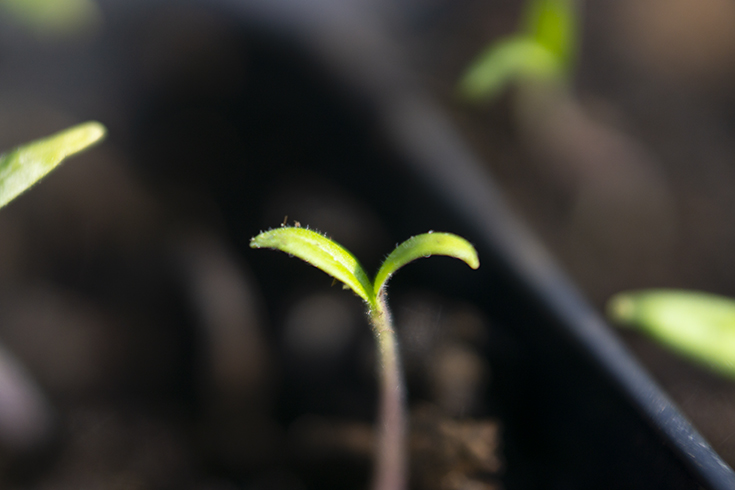Gardening: Raising the Beds, Bonus Blog
Dear Readers,
Around mid March my mom and I began our veggie garden prepping… which included a couple of endeavors.
One: We needed to find a sunny spot where our eventual human substances would thrive. But, because we live in a damp-ish hollow, we have better luck growing mold spores than we do most sun loving foods. Looking off of our porch, we found one spot that got at least 6 hours of sun a day (the recommended amount for growth to happen). A great way to check this was to see if this spot stayed sunny as the day went on… by 10 am the sun was there, by 12 it was still there… by 2 pm it was still there… by golly gee willikers, by 4 pm the sun was still there! That was six steady hours of sun. So, we prepped.
Two: We decided on having two different kinds of gardens, an earth bed and raised beds. An earth bed is essentially just when you mound up the dirt that is already there a bit, throw some cardboard on top, and then some mulch. Bam! Food growing oasis. A raised bed is where you have some sort of ‘bed frame’ to contain what will eventually be a lot of dirt, and hopefully some vegetables.
For the raised beds, my dad and I used 2” x 10” x 16’ boards. We cut and screwed the boards to make two 4’ x 8’ beds. You don’t want the beds any wider than 4 feet due to the limits of the human arm… I don’t know about your arms, but mine are not too much more than 2 feet. In order for me to comfortably reach the interior of the bed without having to step inside, a 4 feet width is perfect.
Once the bed frames were made, I set them on even-ish land in that wonderfully rare sunny spot. An important thing to note about the land I put the beds on is drainage… it seems like an hour or so after a heavy rain the water drains well in that spot…
The frames in place, I put cardboard down, and then about four inches of mushroom soil on top. I mixed some sand into the mushroom soil as well, to hopefully help with drainage. Apparently, most of the veggies we intend to cultivate like ‘loamy’ soil. I had to look up what ‘loamy’ meant… it sounded fancy, and made vegetable growing sound elitist.
‘Loamy’ is a perfect mix of clay, sand, and silt (or, to me, regular dirt). If a soil is ‘loamy,’ then it should be able to be formed into a ball, but break apart easily. It is like a perfect mixture of loose, kinda sticky, dirt. As I put sand into our raised and earth beds, I kept playing with the dirt to see if I could make crumbly dirt balls… once I was satisfied, the beds were done.
Three: We planted baby seeds! Because it was March, we had to plant most of our seeds indoors: Cabbage, eggplant, peppers, beefsteak tomatoes, regular (?) tomatoes. We shall rear our little seedlings within the thermal comforts of our own home until they are big enough, and it is warm enough, for them to leave the nest for the great outdoors.
Stay tuned!!
Sincerely,
Shelby Aldrich
Little sprouts!
© 2020 Sustaining Tree
© 2020 Sustaining Tree


0 Comments